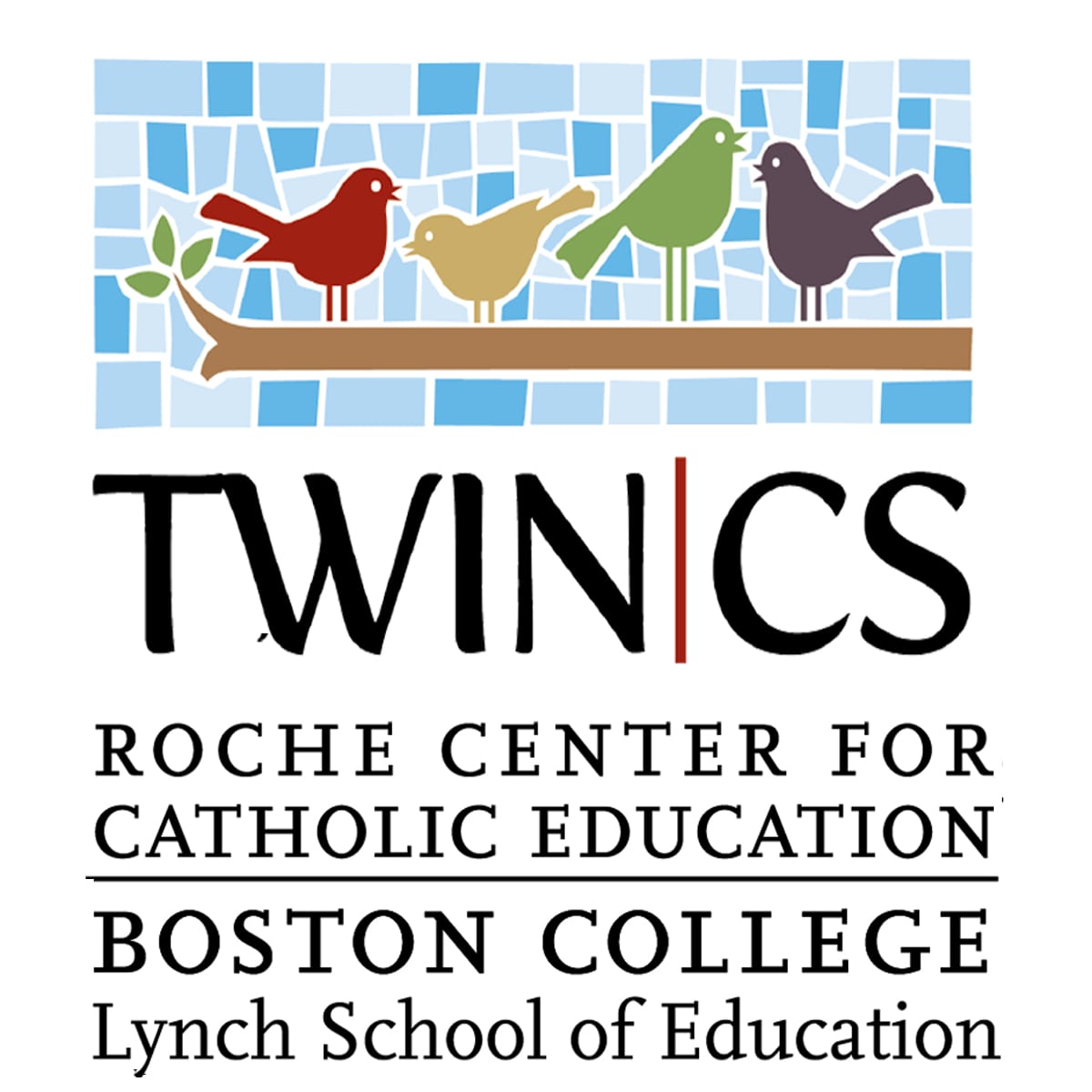In an article for Remezcla, contributing writer Raquel Reichard offers insight into the beginnings of dual language education in the United States.
According to the article, when Coral Way School opened its first opened its doors in southern Miami in 1936, there was no way of knowing that this school would act as the foundation for bilingual education in the United States. Beginning in 1963, Coral Way School “did something no other institution had previously done in the US: taught students, both native and foreign-born, in English and Spanish.”
As Reichard writes, the first, official two-way immersion program in the United States, began through “funding from the Ford Foundation, school district leaders, teachers, and Cuban aides,” which assisted in educating 350 school-age children, with morning lessons in Spanish and afternoon lessons in English.
The two-way immersion program started as a result of the Cuban Revolution of 1959 as many Spanish-speaking immigrants and unaccompanied minors came to the U.S. through Operation Peter Pan. Approximately “14,000 Cuban youth found themselves in South Florida, an unknown terrain where their peers looked, spoke and behaved differently from them.” Coral Way School attempted to bridge language and culture, but most importantly, “it was about making Spanish as equally important as English.”
The Coral Way School fundamentally changed the bilingual landscape in the United States, influencing federal legislation and national academic programs according to the article:
“In fact, not long after Coral Way held its first dual-language class, the Bilingual Education Act of 1968, which provided school districts with federal funds to create educational programs for students with limited English speaking ability, was passed, becoming the first countrywide legislation aimed at supporting bilingual students.”
The article reiterates the benefits of a bilingual brain, referencing a 2014 study by Stanford University which found that “San Francisco’s dual-immersion programs helped English-learning students succeed in math and literacy;” furthermore, many parents in Washington, DC, “believe that dual-language immersion programs have the potential of reducing racial and socioeconomic segregation in schools, which is currently worse than it’s been in the last 20 to 30 years,”given that bilingual education helps “native English-speaking students by making them fluent in another language and increasing their interest and understanding of multiculturalism.”
Yet, the benefits of bilingual education are not solely academic. This article illuminates the significance of this instruction beyond academic profit, stating that bilingual instruction offers a connection to heritage culture, traditions, values, and language, cultivating “an invaluable connection to home and family.”
For more insight about the educators from Coral Way and how they found a way to teach displaced students, please find the complete article here.

